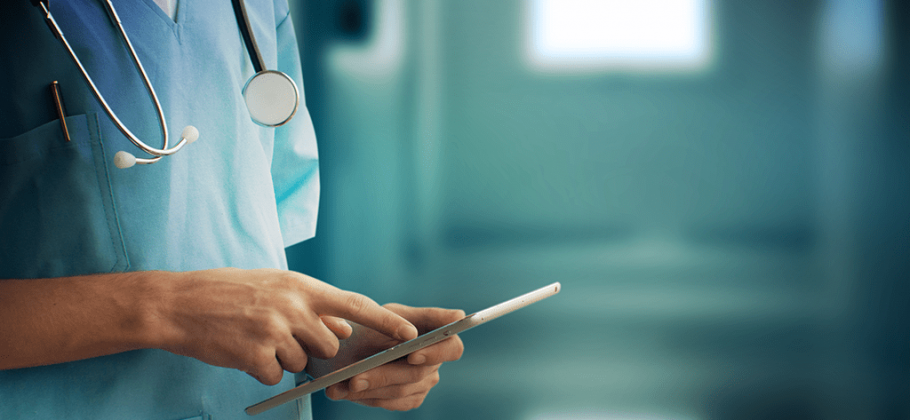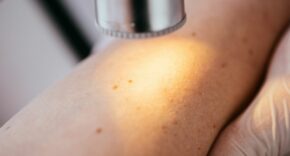As reports continue to surface about potentially “dangerous” IT systems within the NHS, as well as the healthcare industries supposed over-reliance on physical fax machine technology, is it time to investigate your position with the healthcare industry?
2017 was not a good year for the NHS when it came to the controversy surrounding data protection. It was reported that over half a million records containing confidential information did not make it to the intended recipients. The breaches brought to light a distinct and severe lack of security surrounding the transmission and sharing of patient data. Despite the problems they experienced, many organisations within healthcare are still exposed to risks of data breaches. Why? The technology within the sector remains notoriously outdated.
The media routinely quoted Richard Kerr of the Royal College of Surgeons as he called for an end to IT systems within the healthcare service that are “stubbornly attached” to outdated fax machine technology. Kerr made the comments after investigations discovered that a combined total of nearly 9,000 machines are still in use. Given continued promises for funding, but a lack of finances materialising, it comes as no surprise that the NHS is still reliant on old-fashioned technology. This causes a predicament for anyone working within the healthcare sector.
The use of fax machine technology has numerous negative implications relating to data protection. Significant problems with physical fax machines include their outdated safety protocols. The recent discovery of the “faxploit” — a weakness in fax hardware that allows hackers to bypass security protocols and easily infiltrate an IT system — demonstrates the dangers physical fax machines themselves pose to the healthcare sector and patient data. Fax machines also present other issues, including document exposure to unauthorised parties through unattended physical files and the accidental transmission of data to unintended recipients through misdialing fax numbers.
With an emphasis on the personal impacts of losing patient data, healthcare organisations should be putting in place adequate and appropriate measures to ensure personal data is not lost. Use of fax machines may be counterproductive to the required standards expected of you.
Fax documents remain significant in the healthcare sector. However, you don’t need a physical fax machine to send faxes. In fact, data is safer without them. Online faxing is a technology that marks an evolution of the outdated fax machine. By using smart devices and modern computer systems, it combines 21st-century security protocols with the convenience of fax documentation sharing.
Healthcare organisations can integrate online faxing into their processes, and remove dangerous and outdated fax machines while continuing to use current methods of document sharing. Online faxing also enables file sharing with standard fax machines, allowing you to update your systems with more secure options, but without hindering your ability to communicate with other healthcare bodies, trusts and practices that still use physical fax machines.
Physical fax machines aren’t the only outdated tech used by the NHS. Studies show that the NHS uses 10% of the world’s pagers. The technology used for internal communication within healthcare is so outdated that professionals operating in the sector have to find ways of working around archaic practices. Now 97% of doctors use the popular mobile phone app WhatsApp to communicate with each other on internal matters.
From an outside perspective, this appears to be an innovative way of moving past difficulties faced in communication technology. However, the development isn’t as harmless as it may appear. The use of a personal mobile application to transfer information creates its own set of risks, including exposing data to unauthorised individuals such as family members, opening up security risks through unregulated third-party programs and a lack of specialised training resulting in inappropriate use of software for internal operations.
Healthcare professionals have been forced to adapt their communication platforms outside of the standard work environment and, as a result, have created more potential for data breaches. The solution to this problem is simple — internal communication structures and IT systems need to be updated to match modern standards of both security and efficiency.
This is, of course, not a new or groundbreaking concept. In both 2017 and 2018, NHS trusts and connected organisations faced massive problems due to multiple cyber and ransomware attacks that posed serious threats to personal data. But upgrading new systems is not cheap.
Last year, experts suggested the total bill of bringing British healthcare software up to scratch would sit at over £4bn. With NHS funding stretched to its limits, current systems seem set to be firm fixtures across the healthcare sector for years to come. This puts you in an unfavourable position — stuck between a need to secure information, but with no supportive resources to achieve the goals being set by data security regulations.
There are alternatives to consider — ways of upgrading communication systems to better protect patient data without incurring massive costs or resulting in complete overhauls of current IT systems.
Digital faxing presents a more secure way of sharing data. Choosing the right platform means your organisation meets the required standards of NHS Digital compliance assessments and aids with the prevention of numerous data sharing risks. It also offers the ability to introduce encrypted software that can be integrated into current IT systems without the need for an upgrade, which reduces costs considerably and allows for internal communications on a more secure platform. While messages and information are sent via computer systems and devices, the messages themselves are handled through external servers and cloud-based technology, which means the security protocols are more prepared for modern threats. What does this mean for patient data safety? It effectively means you can upgrade your security processes at low cost and boost your ability to protect vital data.
Content provided by eFax Corporate











